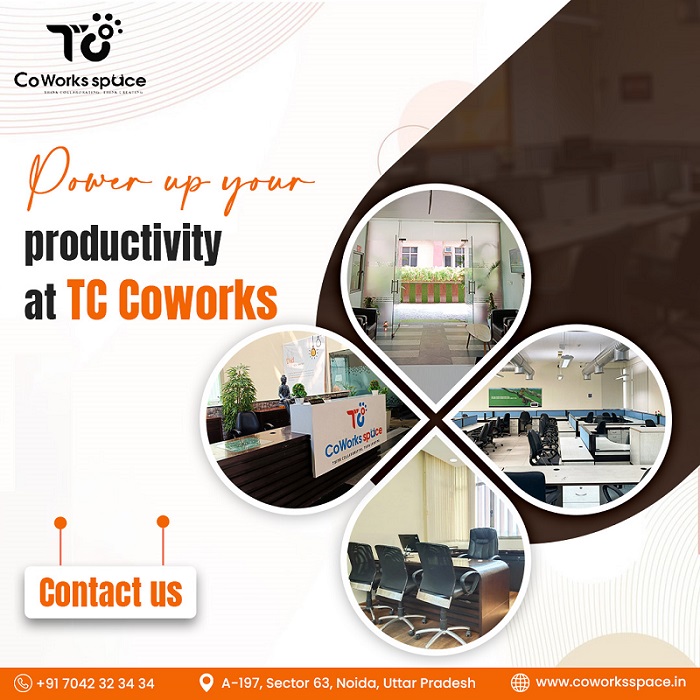Nowadays fast-paced world, the idea of workplace space has evolved dramatically. Traditional workplace environments, characterized using rigid structures and closed cubicles, are progressively giving manner to modern office spaces designed to foster collaboration, creativity, and flexibility. This transformation isn’t only a trend; it displays the converting nature of labor and the developing call for a workspace that aligns with contemporary work styles.
Flexibility and Collaboration
One of the defining capabilities of modern office space is its emphasis on flexibility. Unlike traditional offices, modern workplaces are designed to be adaptable, taking into account exclusive painting styles and needs. Open floor plans, dedicated desking, and modular furniture are common factors that make it easy to reconfigure the distance based on the day’s sports. This flexibility encourages collaboration amongst team members, breaking down silos and fostering a sense of network inside the workplace.
Collaboration is furthermore suitable via the mixing of generations. Modern office spaces are ready with modern gear and platforms that allow seamless communique and collaboration, whether or not personnel are within the office or running remotely. Video conferencing facilities, interactive whiteboards, and cloud-primarily based undertaking control equipment ensure that teams can live related and productive, regardless of their physical location.
Health and Well-being
The well-being of employees is a top priority in modern workplace structures. Companies are increasingly recognizing that a healthy work environment leads to happier, more effective personnel. As a result, contemporary office spaces often encompass capabilities along with natural lighting, ergonomic fixtures, and access to outdoor regions. Some workplaces even provide well-being rooms, meditation areas, and on-website health facilities to assist the bodily and mental health of their personnel.
Additionally, biophilic design, which includes natural elements like plant life and water features, is becoming greater well-known in modern office spaces. This design technique not handiest enhances the classy attraction of the place of business but also promotes a feeling of calm and decreases pressure among employees.
Sustainability and Efficiency
Sustainability is every other key attention in modern office design. Companies are more and more opting for electricity-green buildings, green materials, and practices that minimize their environmental footprint. Green certifications which include LEED (Leadership in Energy and Environmental Design) are becoming well-known in the production of current workplace areas, reflecting a developing commitment to sustainability.
In addition to environmental advantages, sustainable workplace spaces are regularly more cost-effective in the end. Energy-efficient lighting fixtures, heating, and cooling systems lessen operational charges, while clever building technologies help optimize resource utilization and improve standard performance.
Read More interesting article.
Conclusion
Modern office spaces are redefining the way we work, offering a more flexible, cooperative, and healthy environment that aligns with the desires of today’s team of work. By prioritizing employee well-being, embracing sustainability, and leveraging the brand-new era, these spaces aren’t simply places to work but environments that encourage creativity and innovation. As businesses continue to evolve to the converting landscape of work, the call for for modern office spaces is likely to grow, making them a fundamental part of the destiny of work.






